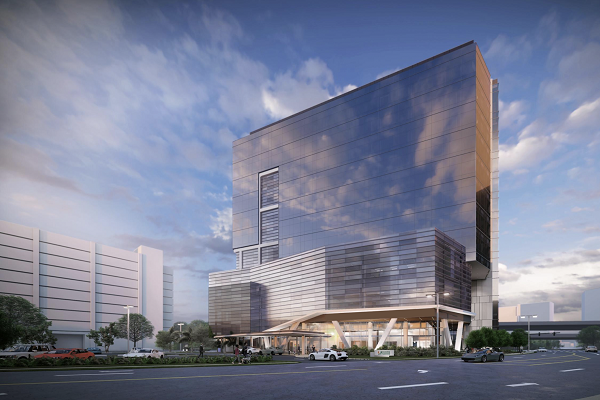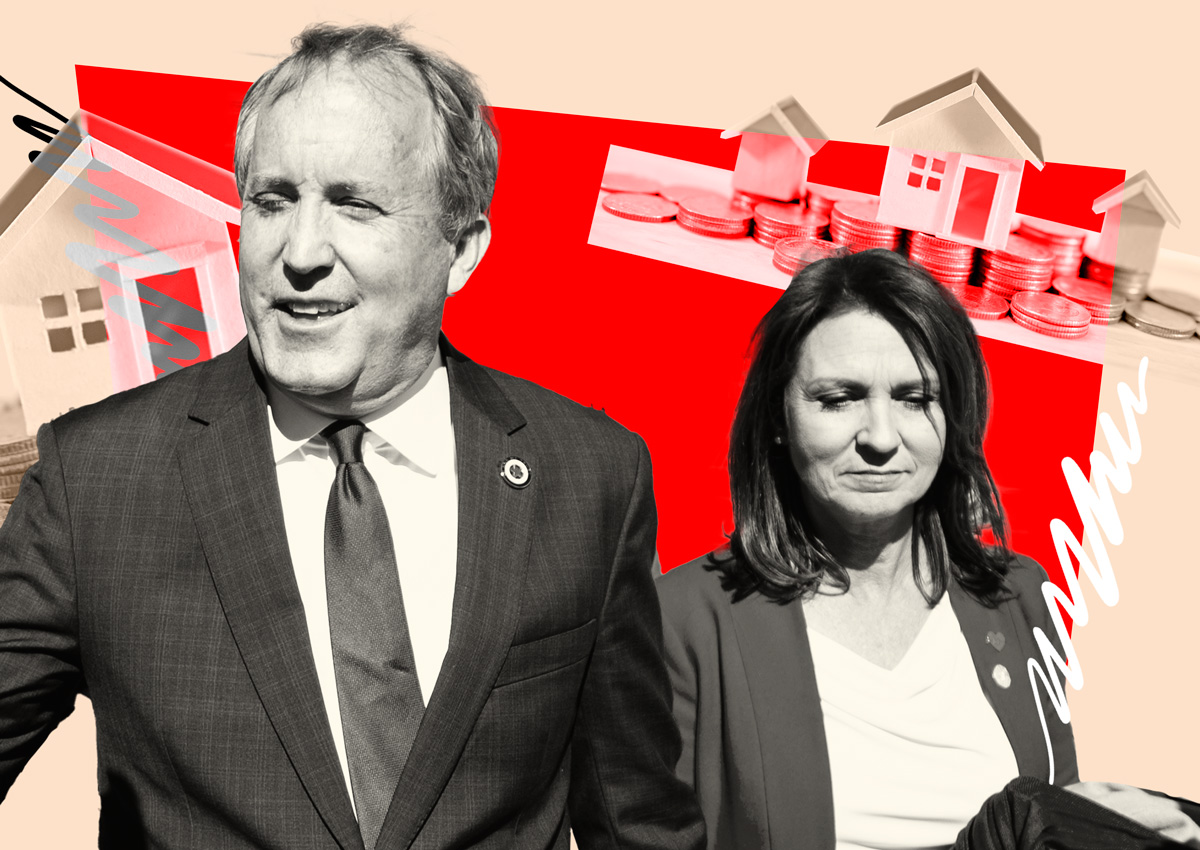What Does the 2023 Rental Market Hold for Sarasota-Manatee?
Rent growth comes back down to earth, but remains high
According to national rent data by Apartment List, 2021 national rent levels shattered the record for the fastest growth in its history which dates back to 2017. The median rent nationwide increased by 17.6 percent, from $1,099 in January 2021 to $1,293 in December 2021.
However, Sarasota County far eclipsed those numbers when rents went up by 42.5 percent that same year. While the market remained hot heading into 2022, that extreme growth proved unsustainable. In the last 12 months, overall median rent levels increased by just 4 percent. Manatee County saw similar roller coaster numbers, with rents actually dipping modestly by just more than 1 percent in the last 12 months as compared to 2021, which saw a staggering 41 percent increase in overall median rent prices.
To put that in numbers, in 2021, overall median rents in Sarasota County went from $1,373 per month to $1,946 per month. Meanwhile, in Manatee County, 2021 overall median rent levels went from $1,290 to $1,820.
And at the start of 2022, Sarasota County saw its highest overall rent rate ever, breaking the $2,000 mark for an overall median rent of $2,033 in February. To put that into context, those levels in 2022 surpassed Miami-Dade County in January, February, March, and April—a significant comparison, since Miami-Dade is historically the most expensive county in the state.
Once summer hit, a slight dip in numbers pointed to a possible cooling trend—after all, it was the first time the steady incline had stopped in roughly two years. Now, the overall median rent for a one-bedroom apartment in Sarasota County is $1,584 and a two-bedroom is $1,948. Manatee County’s rent for a one-bedroom apartment is $1,467 and a two-bedroom apartment is $1,713.
Still, compared to other metro areas, local rents remain high. The national overall median rent now stands at $1,356–almost 48 percent lower than Sarasota County’s currently is, and 34 percent lower than Manatee County.
Interest rates and inbound moves are driving rent demand
“All activity in the housing market is down,” says Rob Warnock, senior research associate at Apartment List. “People aren’t putting their money toward moving or buying homes. This year, mortgage rates [now hovering at 6 percent, the highest they’ve been since 2008] and inflation are major concerns, and a lot of the significant and expensive life events, like moving and starting a family, are taking place less frequently.”
Plus, young adults are happy living alone longer and aren’t rushing into homeownership. In fact, single-family home sales in Florida fell in November, dropping 38.2 percent over the same time period in 2021. Condominium and townhouse sales saw similar numbers, according to data released by Florida Realtors.
And as the nation saw rents cool down over the past few months, rent levels in Sarasota rose. That’s due to migration and housing demand. The traits that pushed people to move to the Sarasota metro area during the height of the Covid-19 pandemic still persist—the absence of a state tax, great year-round weather, outdoor activities, being closer to family, and the rising popularity of more suburban settings versus high-density cities.
“Sarasota happens to be one of the most popular places in Florida to move to,” says Larry Starr, executive director of SVN Commercial Advisory Group. Data from three major moving and relocation companies backs that up, showing that migration to the Sarasota metro area topped national lists.
Warnock references vacancy rates to explain current rents.
“Vacancy rates were at their worst when they were under 3 percent throughout 2021,” he says. “Right now we have a vacancy rate of 5.3 percent in this metro area. versus 2.7 percent one year ago. Hopefully, we’ll see that continue to rise and give renters more options.”
The need for affordable housing persists
According to The Florida Apartment Association, 24 percent of Sarasota County residents rent their homes. Currently, there is a shortage of 2,884 apartments in Sarasota County. However, that overall shortage is not necessarily indicative of the inventory available to renters at lower income levels, and it’s often larger for lower-income households. For instance, for households earning below $35,000 annually, the shortage is 8,724 units. And the demand is high: 24.5 percent of Sarasota County households earn less than $35,000 per year.
“Those who earn $75,000 and up have an equal supply and demand,” says Starr. “But the further you go down in earnings, the demand for a place to live is more than double the supply meaning we should build more affordable housing.”
Meanwhile, those making less than $70,000 have fewer choices to pick from— “largely because developers can get top dollar for luxury spaces and there’s no incentive to build workforce housing,” Starr explains. “So why not build high-end and get that price point?”
In 2023, he foresees more affordable housing units. “We need skilled workers to be part of our community. They can’t live 50 miles away from the people they’re servicing,” he says.
He expects once-sleepier areas like Venice and Parrish to expand with more long-term rental options. “With eight lanes on I-75, nothing is now very far from UTC or Fruitville Road,” he says. However, according to the Florida Apartment Association, 90 percent of all land used for homes in Sarasota County is currently single-family, while only 10 percent of residential land use supports apartment homes—begging for shifts in zoning to allow more density.
What are renters looking for in 2023?
Starr expects to see more split floorplans with two en suite bedrooms to boost affordability for roommates. Amenities like pools, fire pits and dog services all remain in high demand, too.
“I’ve seen efficiencies go away. Even if you’re going in to work, you’re probably doing more work at home, and I think people want a space for that,” he says. “Efficiencies just aren’t equipped with that.”



